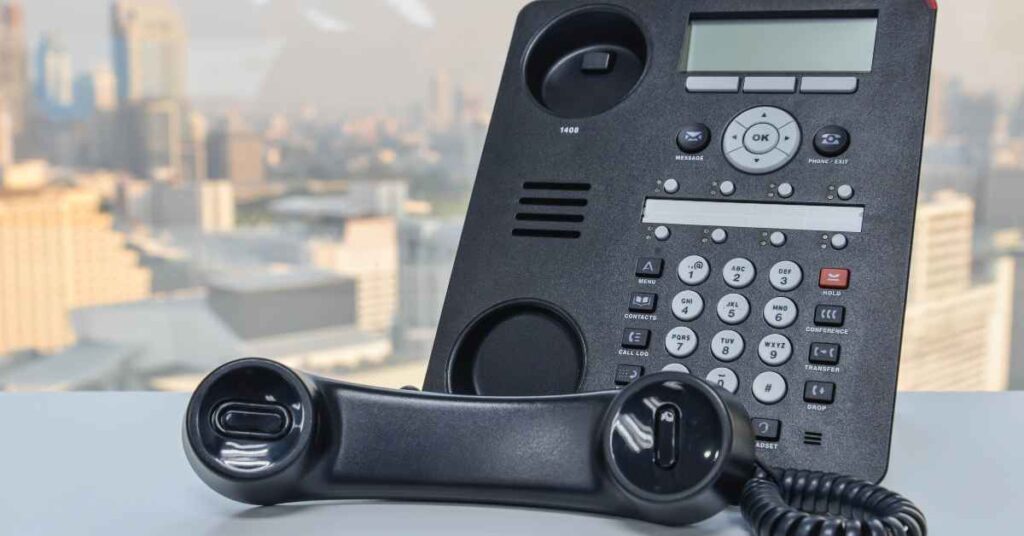Voice over Internet Protocol (VoIP) technology has revolutionized communication, providing a cost-effective and versatile alternative to traditional phone systems. However, like any technology, VoIP calls can occasionally encounter audio quality issues. This article delves into common audio quality challenges in Home VoIP calls and provides practical troubleshooting steps to ensure crystal-clear communication.
Understanding Common Audio Quality Challenges
Before diving into solutions, it’s essential to identify the common audio quality challenges that users may encounter in VoIP calls. This section explores issues such as choppy audio, echo, background noise, and dropped calls. Recognizing these challenges is the first step in effectively addressing them.
Assessing Your Internet Connection
A stable and robust internet connection is fundamental to high-quality VoIP calls. This section emphasizes the importance of assessing your internet speed and stability. Slow or unreliable connections can result in audio issues. Use online speed testing tools to check your internet speed and consider upgrading your plan if necessary. Additionally, prioritize a wired connection over Wi-Fi for optimal stability.
Prioritizing Quality of Service (QoS) Settings
Many modern routers come equipped with Quality of Service (QoS) settings that allow users to prioritize certain types of traffic, including VoIP. This section explores how adjusting QoS settings can ensure that VoIP calls receive sufficient bandwidth, reducing the likelihood of audio quality issues. Consult your router’s manual or settings interface to locate and configure QoS settings effectively.
Checking and Updating Hardware
Outdated or incompatible hardware can contribute to audio quality issues in VoIP calls. This section recommends checking the compatibility of your headset, microphone, and other hardware components. Ensure that drivers are up to date and consider investing in high-quality, VoIP-compatible peripherals for a superior calling experience.
Addressing Echo and Feedback
Echo and feedback during VoIP calls can be disruptive. This section explores strategies to address these issues, such as using headsets to minimize audio bleed between the microphone and speakers. Adjusting microphone sensitivity settings can also help reduce feedback. Experiment with these settings to find the optimal configuration for your specific hardware.
Managing Background Noise
Background noise is a common challenge in VoIP calls, especially in shared or busy environments. This section recommends practical solutions, such as using noise-canceling headphones or microphones. Additionally, consider choosing a quiet location for calls and using software settings to minimize background noise during conversations.
Verifying Software and Application Settings
VoIP applications often come with settings that can impact audio quality. This section emphasizes the importance of verifying software settings, including audio input and output configurations. Ensure that the selected microphone and speakers match your hardware specifications. Adjusting these settings within the VoIP application can significantly improve audio quality.
Exploring Alternative VoIP Solutions
If persistent audio quality issues persist, consider exploring alternative VoIP solutions. This section discusses the availability of various VoIP applications, each with its unique features and performance. Experimenting with different applications allows users to identify the platform that best suits their hardware, internet connection, and communication needs.
Seeking Support from Your VoIP Service Provider
If troubleshooting steps do not yield satisfactory results, reaching out to your VoIP service provider for support is crucial. This section encourages users to contact their provider’s customer support, describe the audio quality issues encountered, and seek guidance on potential solutions. Service providers often have resources and expertise to address specific challenges.
Conclusion
In conclusion, troubleshooting audio quality issues in your VoIP calls involves a systematic approach to identify and address potential challenges. By assessing your internet connection, optimizing hardware and software settings, and seeking support when needed, you can ensure that your VoIP calls are characterized by clear and crisp audio quality. Embracing these troubleshooting steps enhances the overall VoIP experience, making it a reliable and effective communication solution for your home.


